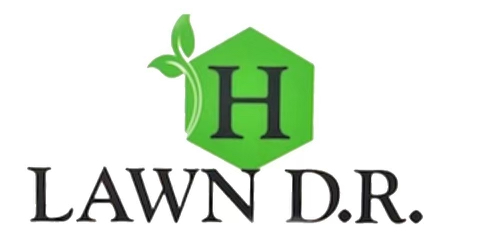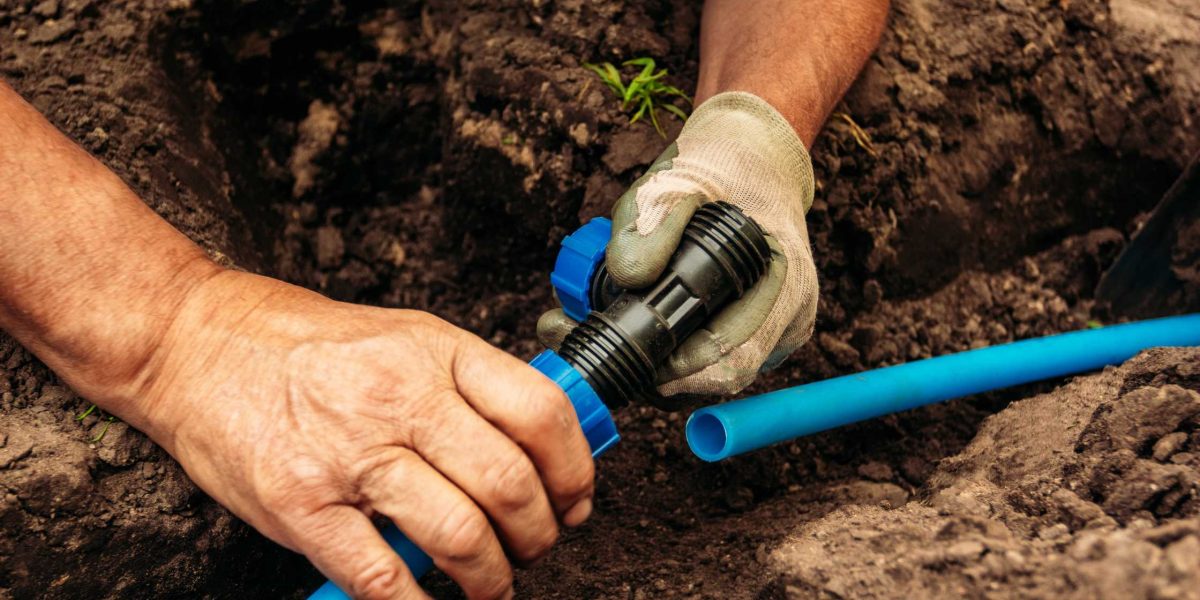As the summer heat ramps up in the San Antonio area, ensuring your irrigation system is in top shape becomes crucial for maintaining a healthy and vibrant landscape. An efficiently running system can save water, reduce costs, and keep your lawn and garden looking their best despite the intense Texas sun. This comprehensive summer checklist will guide you through the essential steps to maintain your irrigation system, including cleaning, repairs, and adjustments.
Why Summer Maintenance is Essential
In the San Antonio area, summers can be exceptionally hot and dry, putting a strain on your irrigation system. Regular maintenance during these peak months ensures:
- Optimal Watering Efficiency: Prevents water waste and ensures your plants get the right amount of hydration.
- Cost Savings: Reduces water bills by preventing leaks and overwatering.
- System Longevity: Regular upkeep extends the life of your irrigation system, saving you from costly replacements.
Summer Maintenance Checklist
1. Inspect Sprinkler Heads and Nozzles
- Check for Damage: Inspect each sprinkler head for cracks, clogs, or wear. Replace any damaged heads to ensure even water distribution.
- Clean Nozzles: Remove dirt and debris from the nozzles to prevent clogging. A small brush or a specialized nozzle cleaner can be used for this task.
- Adjust Spray Patterns: Ensure sprinkler heads are correctly aligned to avoid watering driveways, sidewalks, or other non-target areas.
2. Test and Adjust Water Pressure
- Check Pressure Levels: Use a pressure gauge to measure the water pressure at the sprinkler heads. High pressure can cause misting and water waste, while low pressure can lead to insufficient coverage.
- Install Pressure Regulators: If needed, install pressure regulators to maintain consistent and appropriate water pressure throughout the system.
3. Inspect and Clean Filters
- Locate Filters: Check your system’s manual to find any filters in your irrigation system, which are typically found in drip systems or at the main water source.
- Clean or Replace Filters: Remove filters and clean them thoroughly to prevent clogs. Replace any that are too worn or damaged.
4. Check for Leaks and Broken Pipes
- Inspect the System: Walk through your property and look for wet spots, pooling water, or unusually green patches, which may indicate leaks.
- Repair or Replace Damaged Pipes: Fix any visible leaks or broken pipes promptly. Small leaks can waste significant amounts of water over time.
5. Test the Controller and Timers
- Verify Settings: Ensure your irrigation controller is set to the correct times and durations for each zone, considering the current weather and plant needs.
- Update for Seasonal Changes: Adjust the schedule based on seasonal changes and local watering restrictions to avoid overwatering or under-watering.
6. Evaluate Coverage and Efficiency
- Perform a Coverage Test: Run your system and observe the watering pattern. Check if all areas receive adequate coverage without any dry spots or runoff.
- Adjust as Needed: Modify the placement or angle of sprinkler heads to achieve uniform watering. Consider using smart controllers that automatically adjust schedules based on weather conditions.
7. Inspect Backflow Preventers
- Check Functionality: Ensure that backflow preventers are working correctly to protect your water supply from contamination.
- Service as Required: If you notice any issues or if the preventer hasn’t been inspected recently, consider having it serviced by a professional.
8. Schedule Regular Professional Inspections
- Annual Checkups: Have a professional inspect your irrigation system annually to identify and fix any issues that may not be immediately apparent.
- Mid-Summer Tune-Up: In the San Antonio area, a mid-summer inspection can help address any problems that arise due to the intense heat and usage.
Additional Tips for San Antonio Area Residents
- Stay Updated on Watering Restrictions: San Antonio often has specific watering restrictions, especially during drought conditions. Stay informed to comply with local regulations.
- Consider Xeriscaping: For more sustainable landscaping, consider incorporating drought-tolerant plants and xeriscaping techniques to reduce water use.
Maintaining your irrigation system through the hot San Antonio summer doesn’t have to be daunting. By following this checklist, you can keep your system running efficiently, save on water costs, and ensure your landscape stays lush and beautiful. For expert assistance or to schedule a professional inspection, contact Lawn DR Landscaping. We’re here to help you make the most of your summer garden!
With proper maintenance, your irrigation system can provide reliable and efficient watering throughout the summer, giving you more time to enjoy your beautiful yard. Stay cool, San Antonio!

